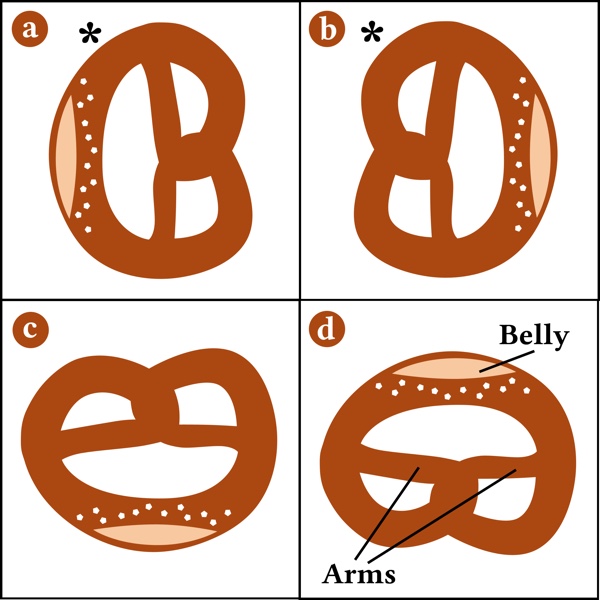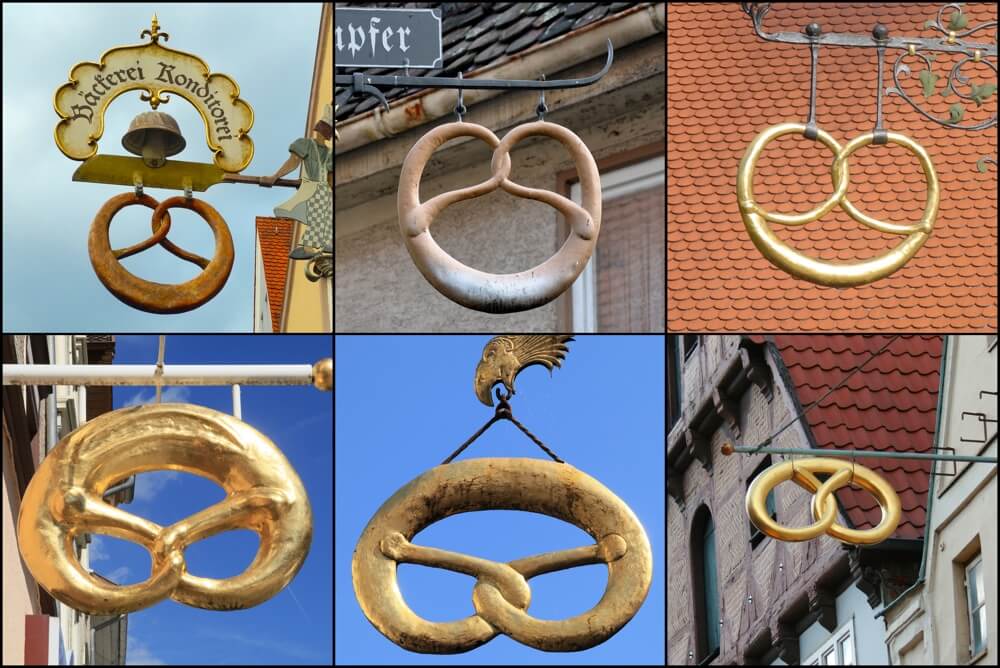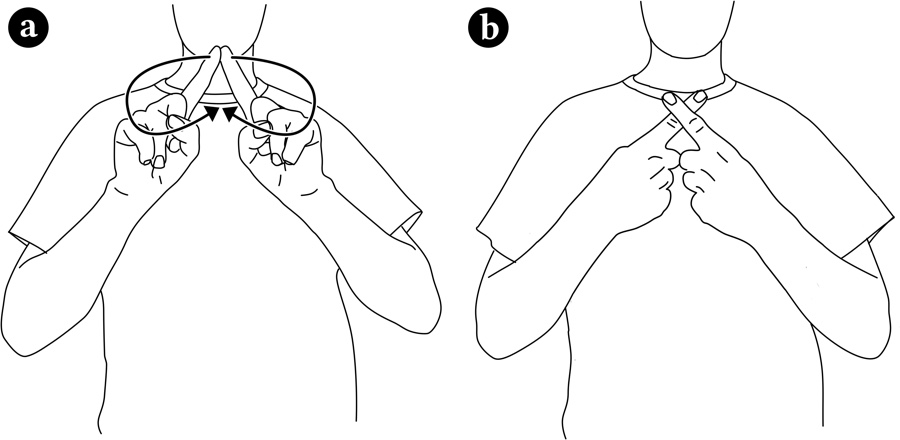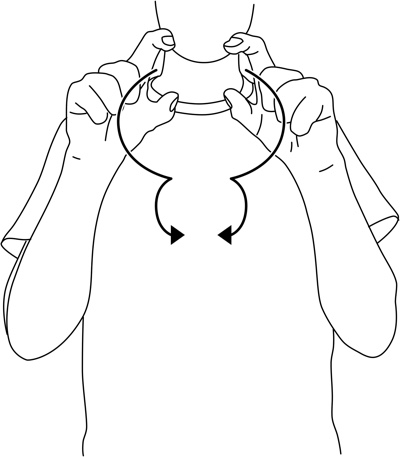


Everyday life presents us with many puzzling questions. One famous example of such a question is the correct way to hang toilet paper (either with the loose end hanging next to the wall or the reverse). Another, similarly fascinating question is the correct orientation of a pretzel. I call this problem the “Brezel-

Figure 1: The “Brezel-
Intuitions are, however, far less clear when it comes to the orientations shown in Figure 1c and 1d. The fact that it is unclear whether a pretzel’s “belly” (i.e., the thicker part where the dough typically bursts and where most of the salt is located) belongs on the bottom or on the top is further illustrated by the observation that we find pretzel-

Figure 2: Pretzel-
Obviously, not even German bakers, who should be considered the absolute experts when it comes to pretzels, know the correct orientation of a pretzel. Gladly, sign languages can provide us with interesting insights into this problem due to their high degree of iconicity. Figure 3 shows the sign for pretzel from the southern variant of German Sign Language (the same sign is used in Austrian Sign Language). Figure 3a shows the starting configuration of the sign. The index fingers of both hands touch each other. Then, the index fingers iconically trace the shape of a pretzel. Figure 3b shows the end configuration. As can be seen, the palm orientation changes during the execution of the sign.

Figure 3: The iconic sign for pretzel in the southern variant of German Sign Language
In the end configuration, the index fingers represent a pretzel’s “arms” suggesting that the arms are at the bottom as the end configuration is signed in a lower position than the starting configuration. There is another variant of the sign for pretzel from German Sign Language shown in Figure 4. The sign is performed with the index finger and the thumb (called “Baby-C handshape”) drawing two arcs, a larger and a smaller one. The larger arc represents the general form of a pretzel while the smaller arc indicates a pretzel’s arms which are, again, at the bottom.

Figure 4: Another variant of the sign for pretzel from German Sign Language
Note that the word pretzel derives from Latin bracchiola, ‘little arms’. We thus find that the spoken modality makes reference to the same visual characteristics but the signed modality additionally provides us with interesting spatial information
Photo credits: The pretzel-